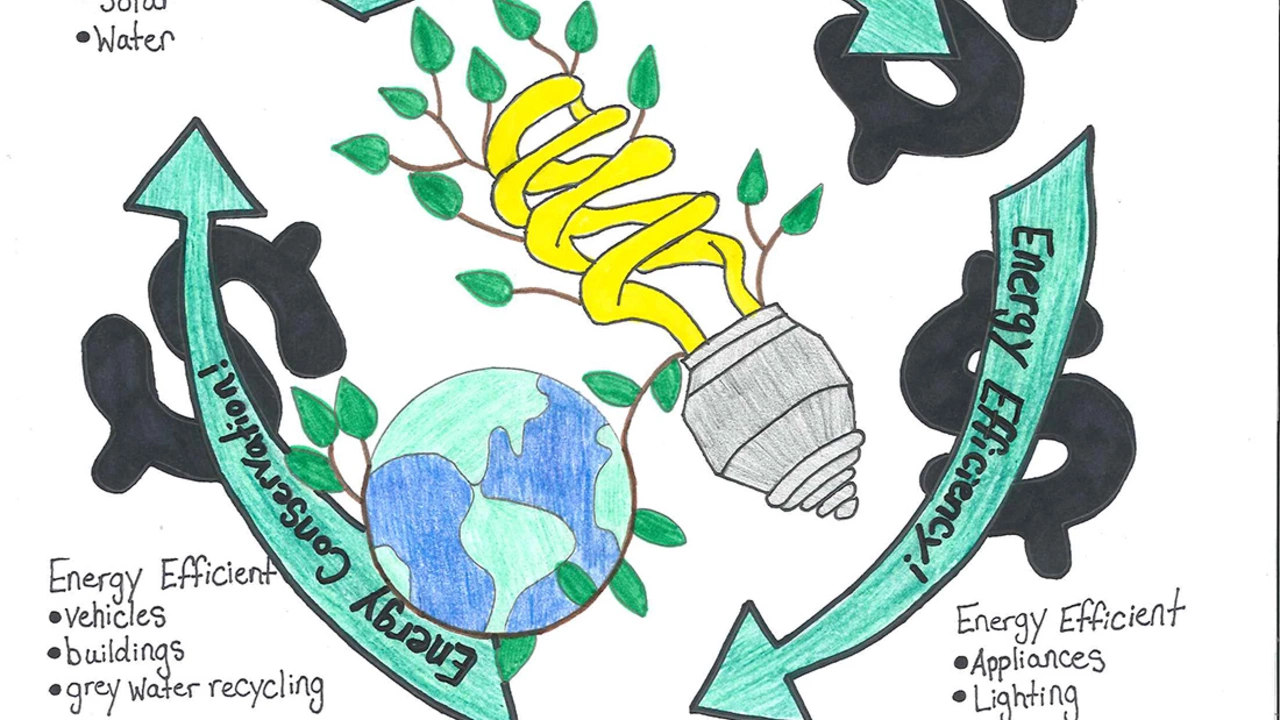Energy Conservation Tips for Swimmers – Save Power in the Pool
Ever wonder why your water bill spikes after a busy swim season? The answer lies in hidden energy waste – from heating the pool to the gear you use. Below are easy, real‑world fixes that let you swim hard without draining the planet or your wallet.
Make the Pool Work Smarter
Start with the big thing: the pool heater. Switch to a timer that only runs when you need it and set the temperature to the lowest comfortable level – 27°C (80°F) is usually enough for most strokes. A solar cover (also called a blanket) does double duty: it keeps heat in and blocks evaporation, which means less energy to re‑heat lost water.
Next, look at circulation. Modern pumps come with variable‑speed settings; they use far less electricity than old single‑speed models. If you can, run the pump at a lower speed for most of the day and only boost it for a short burst before a practice to keep the water clean.
Finally, check for leaks. A tiny drip can waste gallons of water and force the heater to work harder. Keep an eye on pool edges, valves, and filter housings – fixing a leak is usually a cheap repair with big energy savings.
Energy‑Smart Training Habits
Gear matters. Choose swimwear made from recycled fabrics; they dry faster, so you need fewer dryer cycles. When you’re done with a lap set, turn off the lane lights if you’re the only one swimming – many facilities have motion sensors you can activate.
Warm‑up on land instead of splashing in the water. A 10‑minute dynamic stretch gets your muscles ready and cuts down the time you spend in a heated pool. When you do get in, focus on high‑intensity intervals. Short bursts of effort followed by brief rests give you the same cardio benefits while reducing overall pool time.
Don’t forget the post‑swim routine. Rinse your goggles and swim caps with cool water before a full shower; this reduces the amount of hot water you use. If your gym offers a cold‑water rinse station, use it – it’s an instant energy saver for the building.
These tweaks are small but add up. By adjusting the pool’s heating schedule, upgrading to efficient pumps, fixing leaks, and tweaking your own habits, you can keep training strong while cutting energy use. Your body, your bank account, and the planet will thank you.
